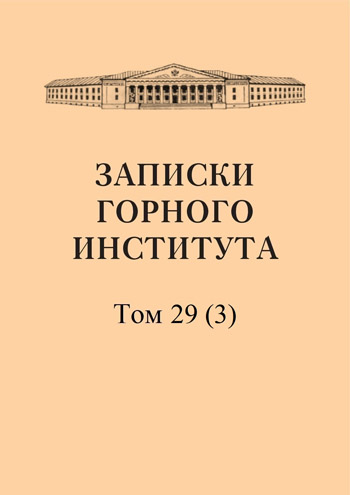Probabilities of highly fluctuating values
Abstract
In many experimental studies, the presence of some phenomenon is established by observing a "signal", i.e. by establishing that some, as we will say, elementary event A is realized. However, this elementary event can also be caused by secondary causes not related to the phenomenon under study. In such a case, only repeated occurrences of event A will allow us to judge with sufficient certainty the presence of the phenomenon under study. Let us conduct a series of n experiments, where event A can appear with some probability p. The phenomenon of interest to us (we will call the implementation of this phenomenon event M) can be connected to varying degrees with elementary event A. It is natural to assume that there is a rather weak dependence between event M and elementary event A if, in order to obtain certainty of the realization of M, it is necessary to observe A sufficiently often in n trials (for example, at least once t times in a row). In this paper, we limit ourselves to considering only three types of dependence of events M and A, the most important for applications (see the article).
